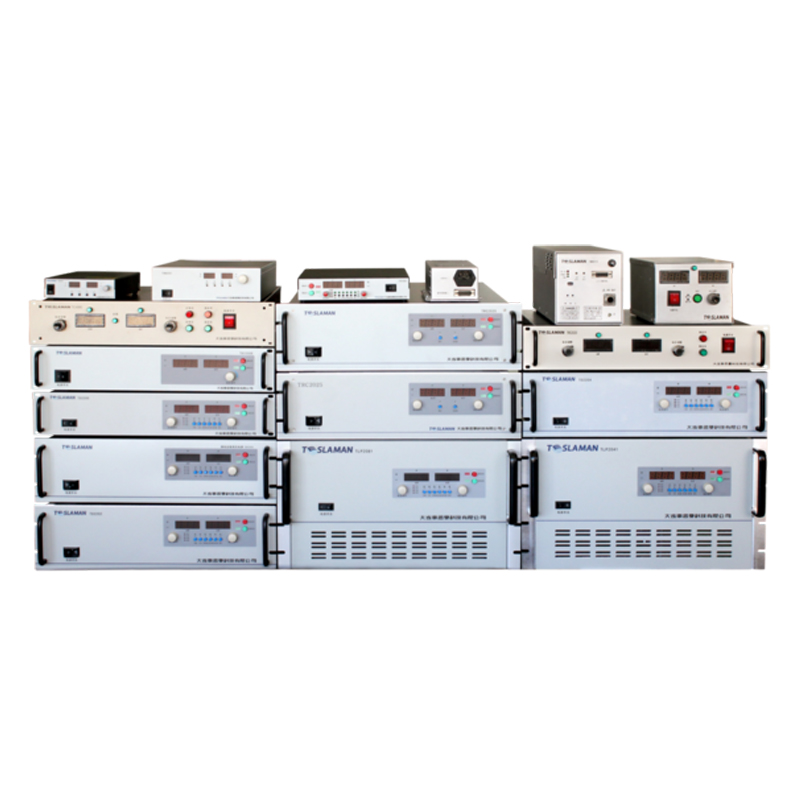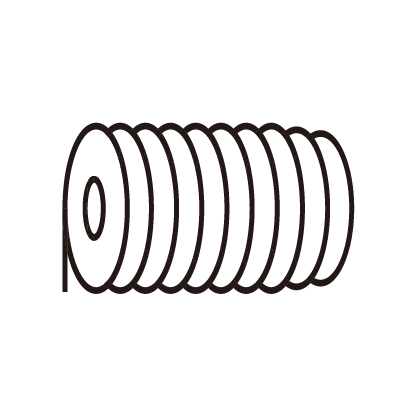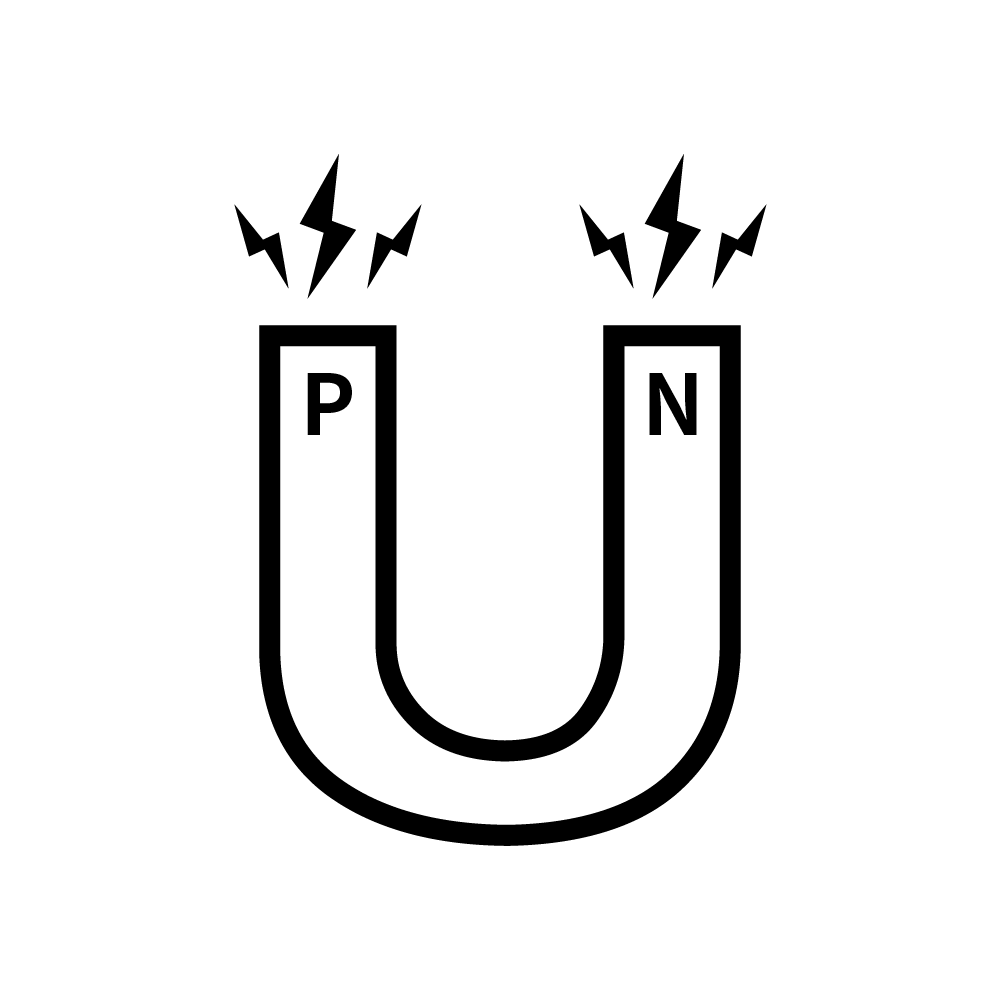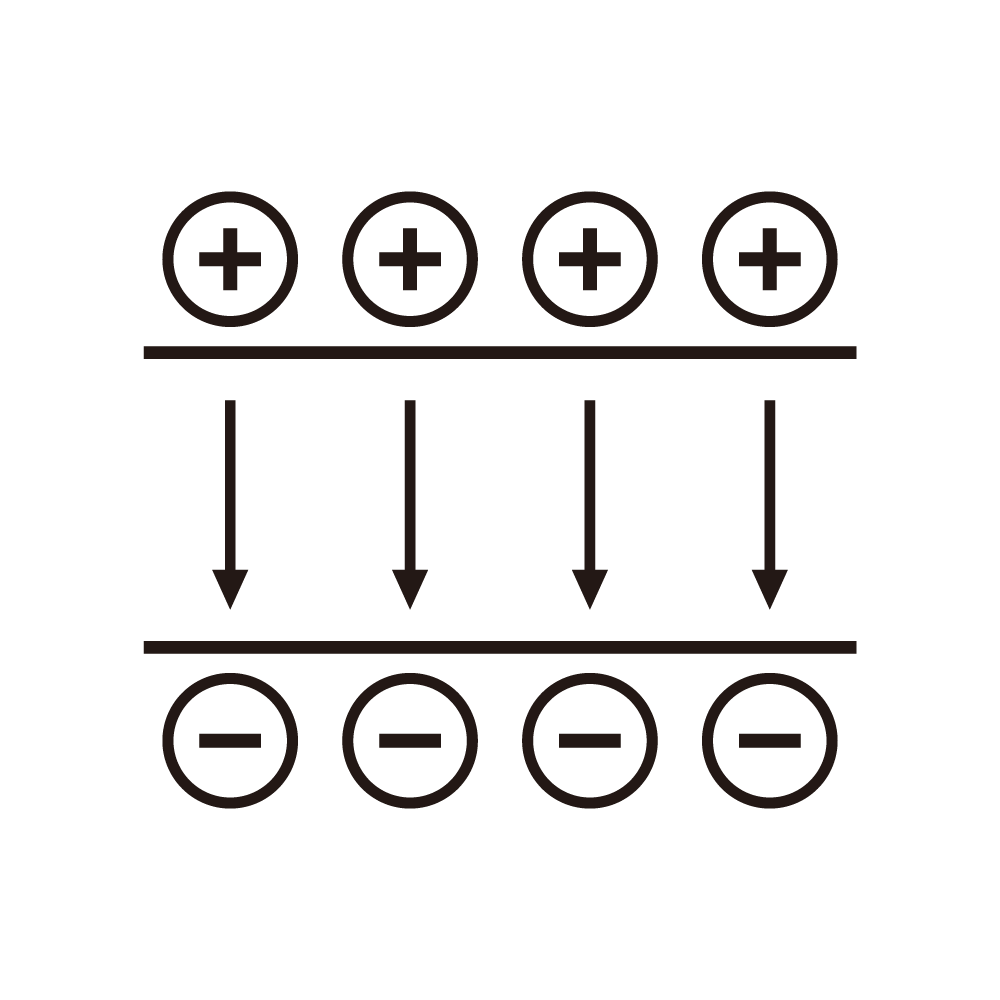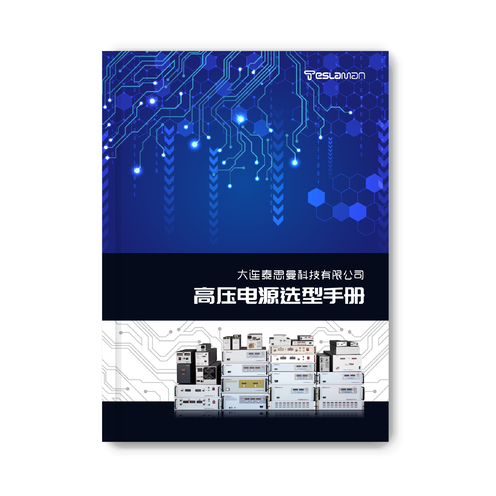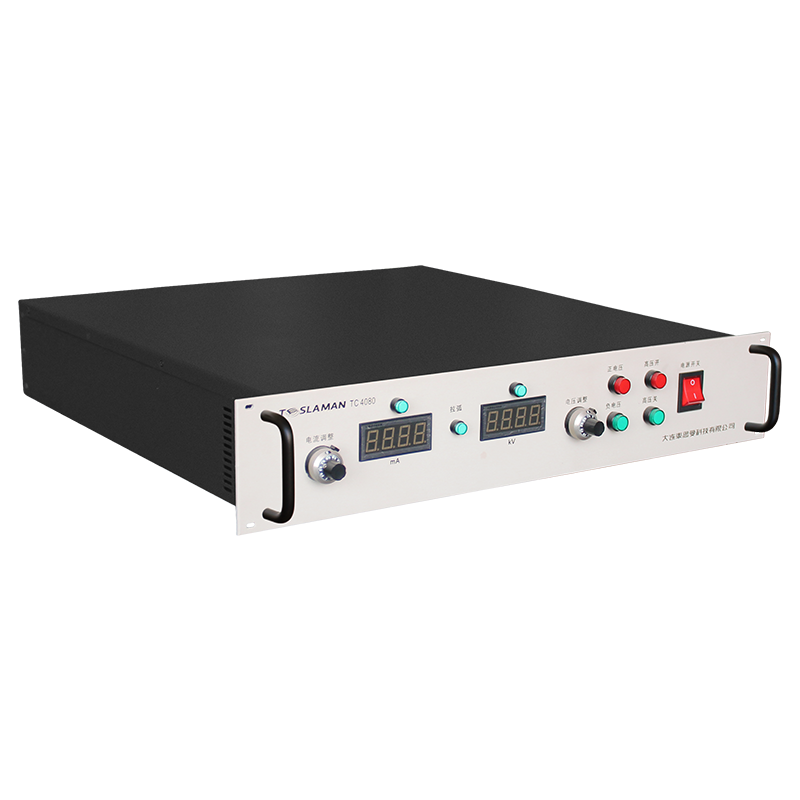The Sterilization Mechanism of High-Voltage Power Supplies for Irradiation Sterilization
In fields such as food, medicine, and biological products, irradiation sterilization technology has become an important means to ensure product safety due to its high efficiency and residue-free characteristics. As the core energy supply device of this technology, the high-voltage power supply for irradiation sterilization accelerates charged particles such as electrons and ions through the output of high voltage, generating ionizing radiation with sterilization effects. A deep exploration of its sterilization mechanism is of great significance for optimizing the irradiation sterilization process and improving sterilization efficiency.
The basis of irradiation sterilization lies in the interaction between the ionizing radiation generated by the high-voltage power supply and microorganisms. When the high-voltage power supply is activated, electrons or ions gain high energy through electric field acceleration. When these high-energy particles penetrate microorganisms, they collide with the atoms and molecules inside the microbial cells, triggering ionization and excitation processes. At the physical effect level, high-energy particles directly act on biological macromolecules such as nucleic acids and proteins of microorganisms, breaking the chemical bonds within the molecules. For example, the phosphodiester bonds and hydrogen bonds in the DNA double helix structure break under the bombardment of high-energy particles, resulting in genetic material damage, preventing microorganisms from normal DNA replication and transcription, and thus losing their reproductive ability.
Chemical effects also play a crucial role in the irradiation sterilization process. When high-energy particles interact with water molecules inside microbial cells, they cause the radiolysis of water, generating a series of highly oxidizing and reducing free radicals, such as hydroxyl radicals (·OH) and hydrogen radicals (·H). These free radicals are extremely chemically reactive and can rapidly react with biological molecules inside microbial cells. Free radicals can oxidize unsaturated fatty acids in the cell membrane, leading to damage to the cell membrane structure, increasing the permeability of the cell membrane, causing the leakage of intracellular substances, and disrupting the normal physiological functions of the cell. Meanwhile, free radicals can also bind to the active groups in enzyme proteins, inactivating the enzymes and interfering with the metabolic processes inside the cells, ultimately leading to the death of microorganisms.
The biological effects are the result of the combined action of physical and chemical effects. In microbial cells damaged by ionizing radiation, the DNA damage cannot be repaired in a timely manner, and the cell division and metabolic processes are severely blocked. During the process of attempting to repair the damage, microorganisms may experience gene mutations, producing incorrect proteins and causing cell dysfunction. In addition, ionizing radiation can also inhibit the enzyme system of microorganisms, affecting their respiration and material metabolism, further weakening the viability of microorganisms until they die completely.
It is worth noting that the parameter regulation of the high-voltage power supply for irradiation sterilization has a direct impact on the sterilization effect. By adjusting parameters such as output voltage, current, and radiation dose, the intensity and duration of ionizing radiation can be controlled, enabling precise sterilization of different types of microorganisms with varying tolerances. At the same time, reasonably optimizing the waveform and pulse characteristics of the high-voltage power supply can enhance the utilization efficiency of radiation energy, reducing energy consumption while ensuring the sterilization effect and achieving green and efficient sterilization.
High-voltage power supplies for irradiation sterilization effectively kill microorganisms through the synergistic action of physical, chemical, and biological effects. A deep understanding of its sterilization mechanism and the optimization of high-voltage power supply performance through technological innovation will provide a solid guarantee for the widespread application of irradiation sterilization technology in more fields.
